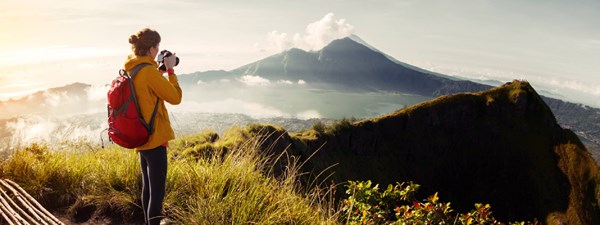
Photographing the places of our travels means taking home the beauty of a landscape, trying to relive an unforgettable moment together with those who shared a memorable experience with us: try to extend it, at least ideally, beyond the boundaries of time and space .
With the advent of digital photography , we no longer have the limits of the film that forced us to sip photos. Our smartphone is enough to unleash a “carpet” mapping of our holiday wanderings . From works of art to the dishes we enjoy at the restaurant, from selfies with the family to flea markets and hotel rooms: nothing escapes our goal, so much so that when we return from vacation we find ourselves having to view hundreds of images for groped to get a reasonable selection to keep … and maybe show friends without running the risk of boring them mortally.
Maybe we’re exaggerating. The desire to photograph often takes precedence over the pleasure that should simply arise in admiring a lush landscape, a medieval village perched on a mountain, a game between children in a distant city.
Perhaps for fear of losing the moment or, indeed, for the impelling desire to “share” our experience on social networks, we adopt a sort of conditioned reflex that makes us automatically extract the smartphone and take, shoot, shoot …
We should probably take a step back and try, at least once, to do an experiment: grant us a trip by forcing ourselves to leave our camera and smartphone in our holsters and trying to savor the experiences in the here and now. Not only through sight, but also with other senses. Indeed, traveling means coming into contact with aromas, flavors , sounds and tactile sensations . We often forget about it, conditioned as we are by our culture that grants the image a place of unchallenged supremacy.
But there are really creepy experiences that don’t pass the eyes: getting caught up in the aroma of spices in an Indian market, listening to the prayer of a muezzin, enjoying a freshly picked tropical fruit, walking barefoot on a beach. You call them emotions, one could say, that cannot be enclosed in an image and that should simply be lived: they will remain in our memory forever , more than a thousand photographs.



